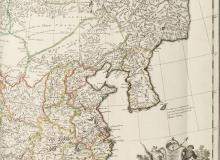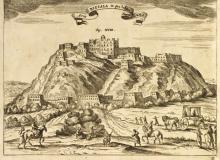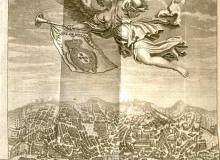Cultural exchange occurred because someone conveyed the knowledge and something contained that knowledge. The conveyor was the Jesuit missionary travelling across land and seas, and the containers were those timeless pieces of technology – letters and books. Tracing the routes by which both traveler and books journeyed reveals the locales where cross-cultural exchange occurred. These cities were more than destinations but rather nodes of information exchange. They were sites of publication and conversation, safe havens and repositories of accumulated wisdom. They also reflected the rise and fall of empires and identified the changing capitals in the ever-growing republic of knowledge.
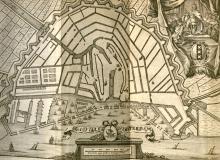
Amsterdam was one of the wealthiest cities in the world, and the hub of the maritime empire constructed by the Dutch East Indies Company.
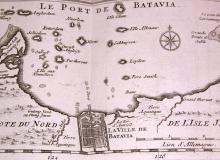
This was the Dutch East Indies Company’s launch pad into East Asian trade. Its original name was Jakarta.
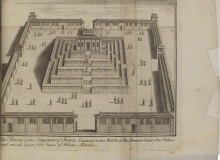
As the capital of China since the Ming dynasty, this was an important destination for Ricci and his fellow Jesuits.
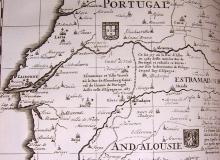
Jesuits waiting to sail off to the missions spent months studying at the university here before their departures.
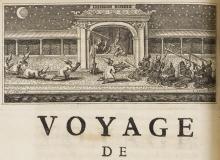
Goa was a Portuguese colony in India founded in the early sixteenth century and a vital link between east and west.
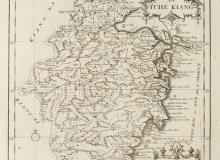
The beautiful city of Hangzhou was an important center for Chinese Christianity, and many books were printed here.

Ships traveling up the Thames brought knowledge to England’s capital and the London printers quickly circulated it near and far.
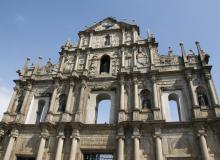
In 1557 Portugal established a settlement in Macau; it became an important gateway into China, for Jesuits and for traders.

Portuguese vessels needed a place to refuel after rounding the Cape of Good Hope. Mozambique provided this safe haven.

Both the Portuguese and Dutch traders utilized the port of Nagasaki as their entry point into the Japanese market.
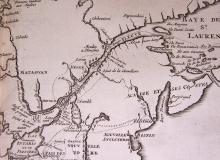
French Jesuits were in contact not only with the Native American peoples but also missionaries in Asia and South America.
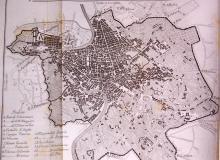
Printers in Rome had access to information from all around the world, due to the visits of missionaries and pilgrims.

Shangchuan Island was also known as Sancian or St John’s Island, with variant spellings. St Francis Xavier died here in 1552.
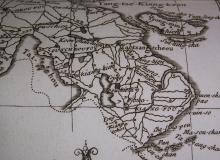
Shanghai’s coastal position made it an attractive port, especially from the nineteenth century onwards. The church was founded here in 1608.

